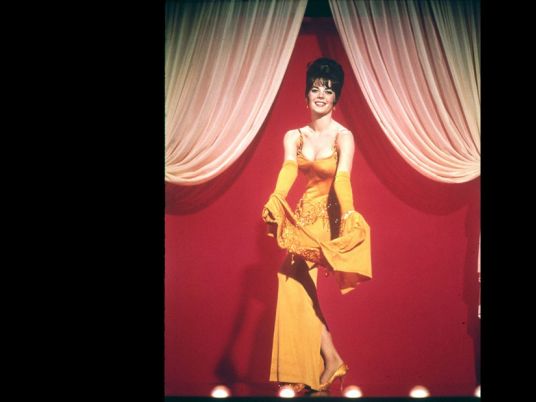
"Hell must be filled with beautiful women and no mirrors."
So wrote Orry-Kelly, one of the great costume designers of Hollywood's golden era, and the man behind its leading female stars: Bette Davis, Ingrid Bergman, Ava Gardner, Marilyn Monroe.
As head of costumes for Warner Bros. in the 1930s and 1940s Kelly created defining looks for all of the studio's leading ladies, and put Humphrey Bogart in his iconic trench and fedora for 'The Maltese Falcon' (1941).
According to Ulanda Blair — the curator behind a new exhibition of his work at Melbourne's Australian Center for the Moving Image on August 18 — Kelly had a unique ability to balance historical accuracy with "playfulness, volume and spectacle … his signature cheekiness." He became one of film's most influential designers by tailoring outfits to match each actor's temperament and physical quirks. But while his sketches might be wittily exaggerated, Kelly was meticulous about detail, often employing couture techniques, hand-painted materials and intricate embroidery.
The new show traces the Australian-born artist's history, from his background in painting, to a stint on Broadway designing for the likes of Katharine Hepburn, to his glory days in Hollywood. At Warner Bros., Kelly was known for molding two of the industry's most fashionable stars: Kay Francis and Dolores del Rio. Kelly treated both women like objects of art, draping them in liquid silver sheaths against Art Deco backgrounds to set off their black hair and pale skin. These stylized, high-contrast looks became archetypal images of 1930s style.
Nevertheless, Kelly's most enduring work for Warner Bros. may be his creative partnership with Bette Davis. He dressed Davis for over thirty films, culminating in the great 'Now, Voyager' (1942), in which she plays an oppressed woman who gains independence.
Kelly's gowns are key to this dramatic transformation, as Davis appears in a series of stunning, minimalist black outfits which showcase her new-found elegance and strength. A master of silhouette, Kelly preferred a lean, linear shape to the frills and puff-ball sleeves popular at MGM, and he knew how to give Davis' figure the illusion of length. When he finally left the entertainment company in 1944, Davis said it was "like losing my right arm."
After freelancing with various studios, Kelly experienced a renaissance in the 1950s, winning three Academy Awards for best costume design for 'An American in Paris' (1951), 'Les Girls' (1957), and 'Some Like It Hot' (1959). In the latter, Marilyn Monroe's sheer gowns created a sensation, stitched out of soufflé and bugle beads to give the illusion of nudity.
After seeing Monroe's designs, co-stars Tony Curtis and Jack Lemmon requested their own Orry-Kelly creations for the film's drag scenes. Curtis and Lemmon's dresses will be shown at the Australian Center for the Moving Image, along with a parade of other seminal Hollywood costumes: Mitzi Gaynor's sequined bodysuit from 'Les Girls', the surreal eye-covered gown from 'The Dolly Sisters' (1945), and a dazzling burlesque number worn by Natalie Wood in 'Gypsy' (1962).
The Orry-Kelly exhibition coincides with the release of a new documentary on the designer, 'Women He's Undressed', by veteran Australian director Gillian Armstrong.
The film details his early years in Hollywood with roommate and rumored lover Cary Grant, his struggles with alcoholism, and his lifelong perfectionism. Most of all, it argues for Kelly's status as a major artist, responsible for so many of the star images we know today. As costume historian Larry McQueen notes, the designer remains underrated because he "never really seemed to relish the limelight and certainly wasn't interested in playing the distinguished gentleman." But more than 50 years after his death, the legend of Orry-Kelly is ripe for rediscovery.
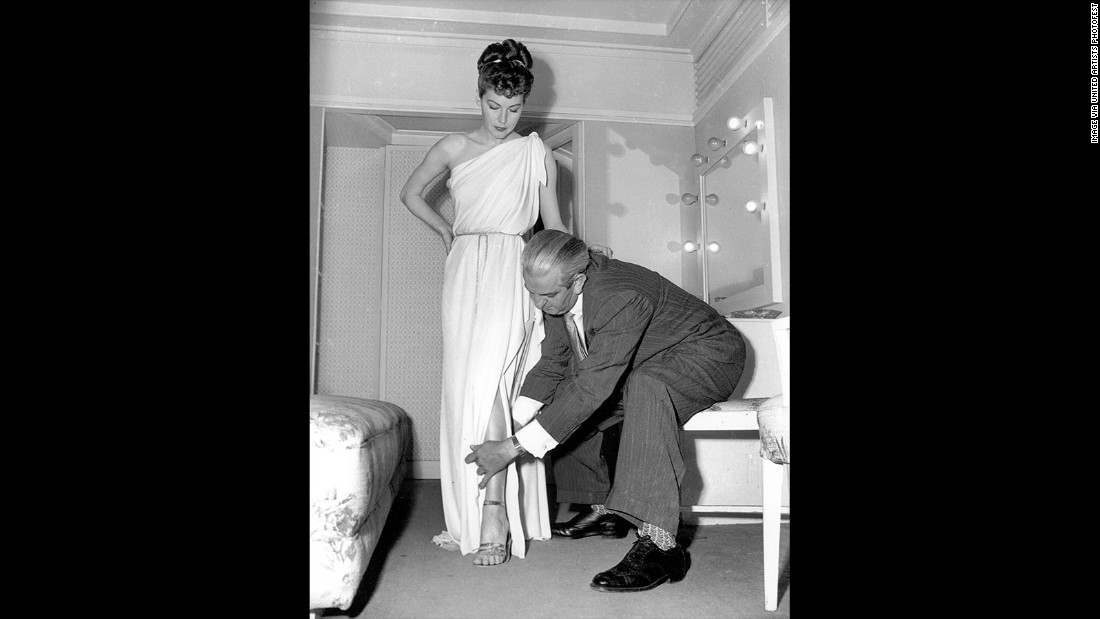
One of Ava Gardner's breakthrough roles was as the goddess of love in "One Touch of Venus" (1948). Orry-Kelly designed this white off-the-shoulder number.

Kelly had an exceptional creative partnership with Bette Davis, creating dramatically striking outfits for her in over 30 films.
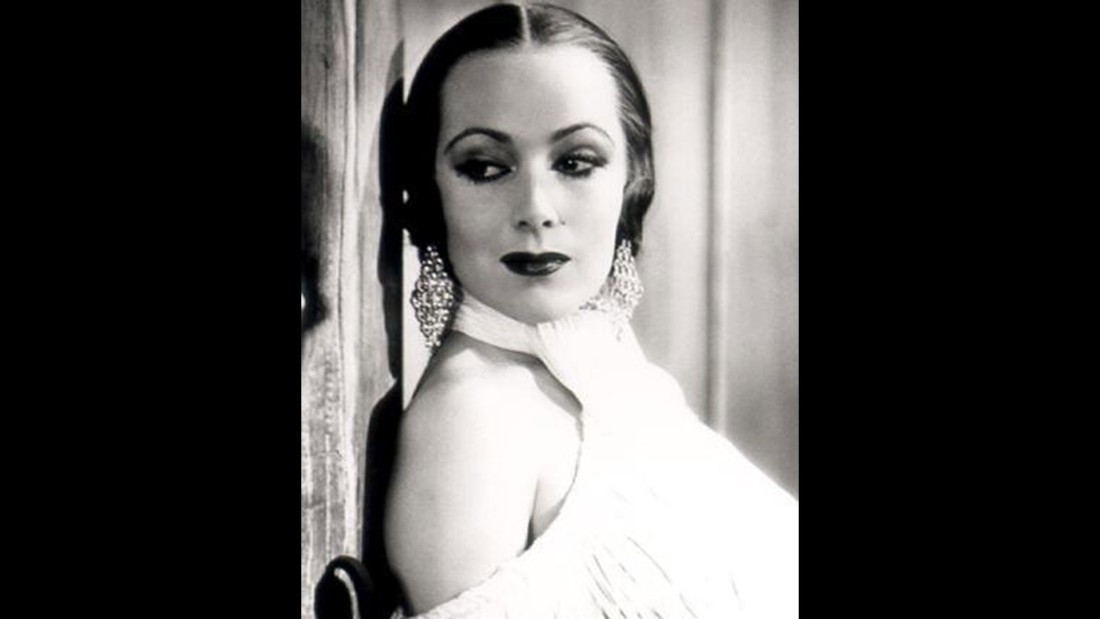
Dolores del Rio, seen here in "In Caliente" (1935), remains one of the most successful Mexican-born actors in Hollywood. In several roles she was able to escape stereotyping as an exotic; temptress, radiating cool sophistication in white and silver gowns by Orry-Kelly.
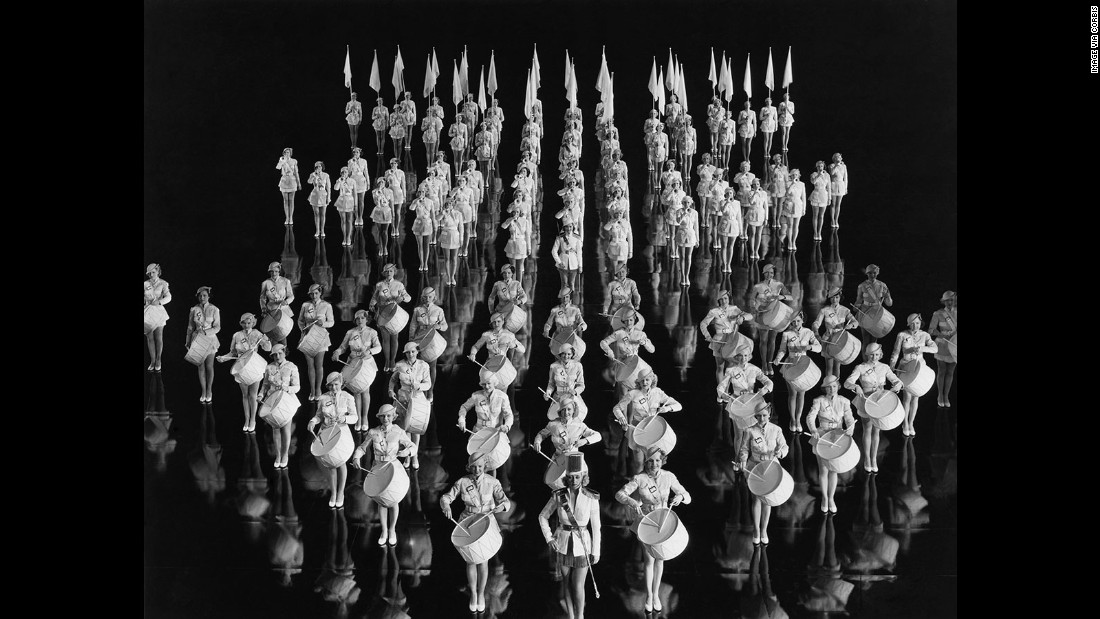
Kelly's outfits helped bring director Busby Berkeley's fantastical visions to life in "Gold Diggers" of 1937 (1936).

The Dolly Sisters (1945) was one of Betty Grable's most successful films, thanks to its parade of lavish Orry-Kelly ensembles."
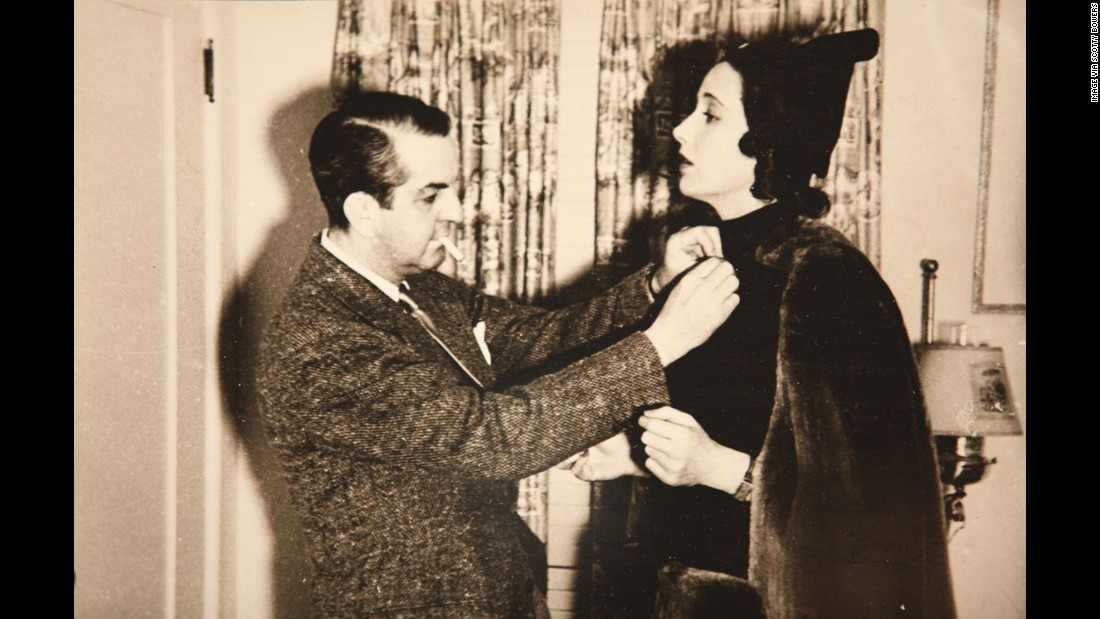
Actress Kay Francis was one of Orry-Kelly's favorite clotheshorses; her dark features and long silhouette were considered the epitome of 1930s elegance. The spectacular wardrobes Kelly designed for Francis became one of her major selling points as a star."




